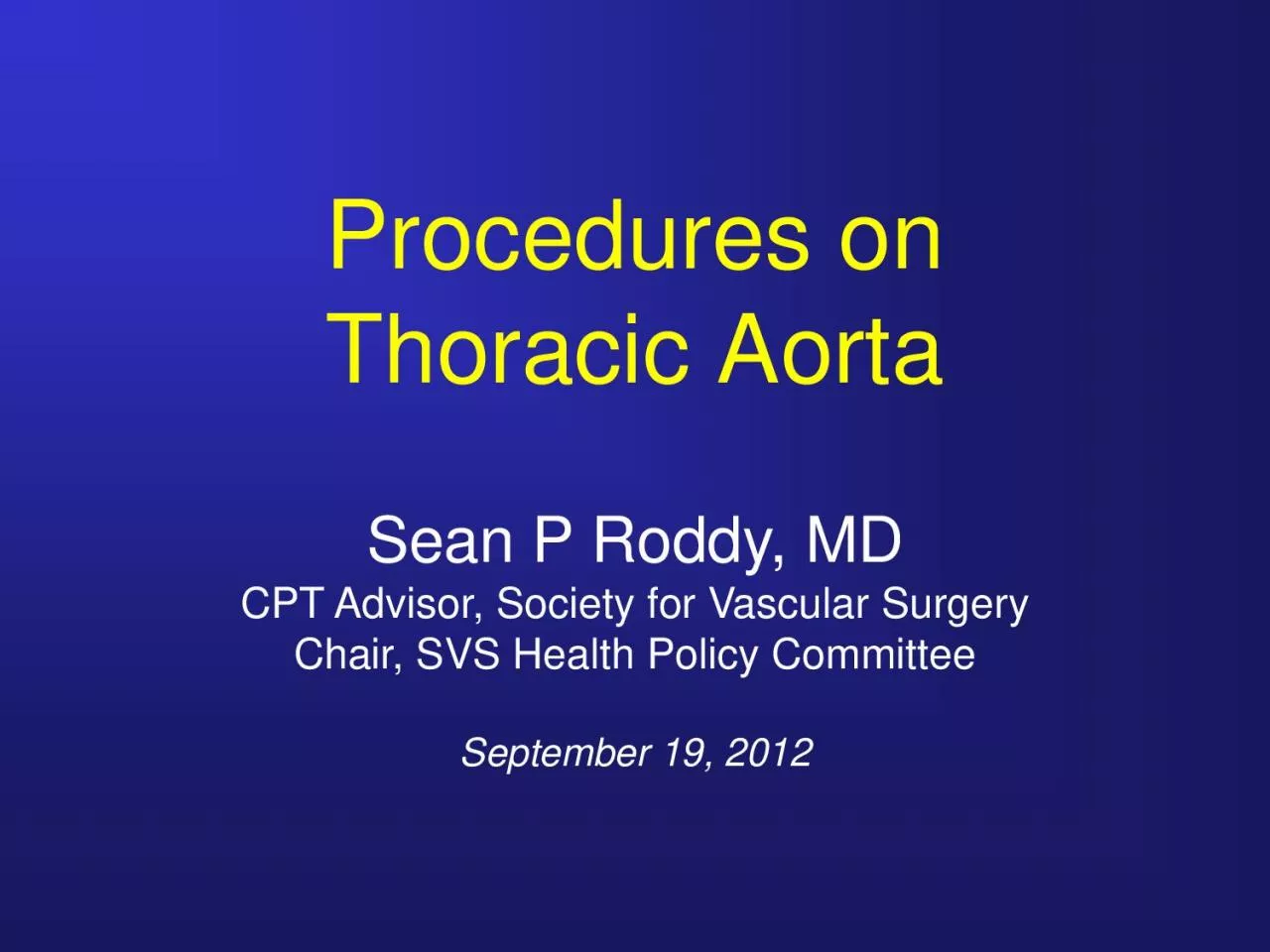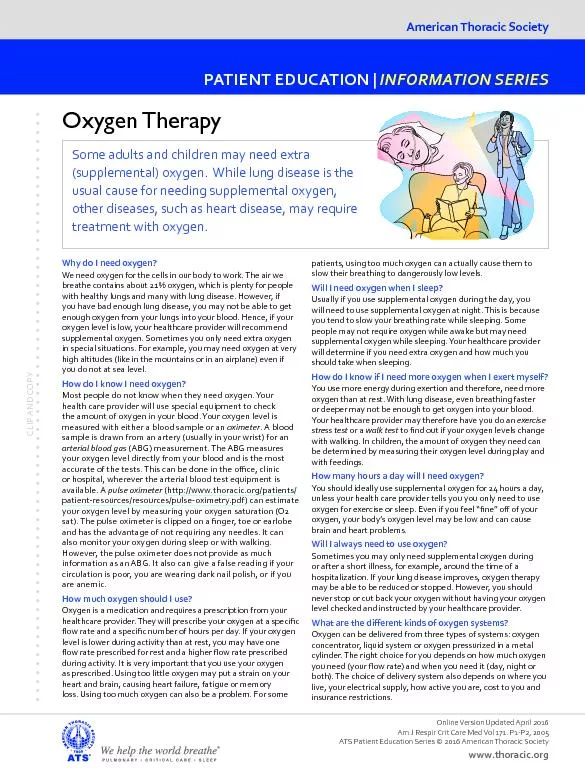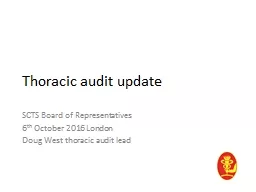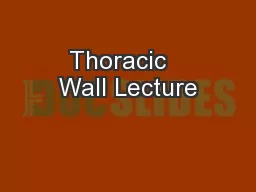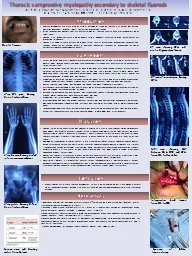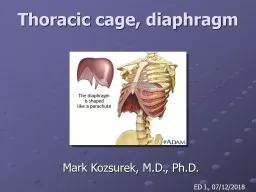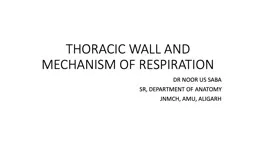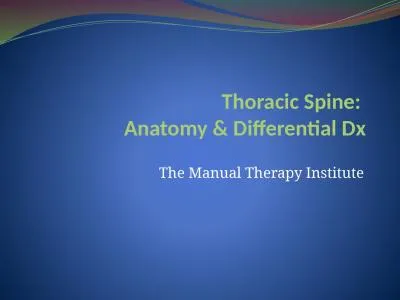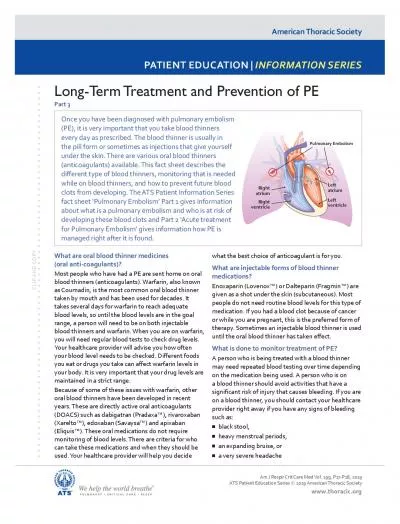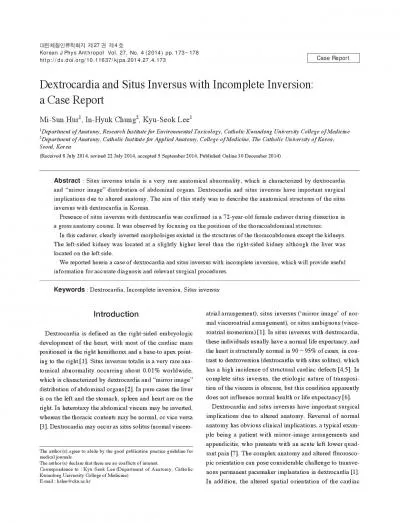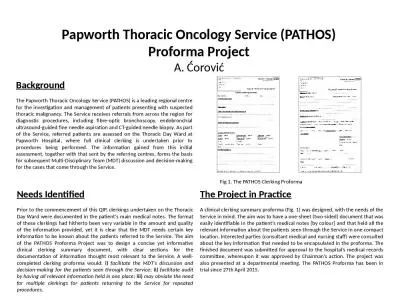PDF-Procedures on Thoracic AortaSean P Roddy MDCPT Advisor Society for V
Author : brown | Published Date : 2022-08-16
2 Revise the current Body Part value for Thoracic Aorta to differentiate Descending Thoracic Aorta from Ascending Thoracic AortaAortic ArchRequest There are significant
Presentation Embed Code
Download Presentation
Download Presentation The PPT/PDF document "Procedures on Thoracic AortaSean P Roddy..." is the property of its rightful owner. Permission is granted to download and print the materials on this website for personal, non-commercial use only, and to display it on your personal computer provided you do not modify the materials and that you retain all copyright notices contained in the materials. By downloading content from our website, you accept the terms of this agreement.
Procedures on Thoracic AortaSean P Roddy MDCPT Advisor Society for V: Transcript
Download Rules Of Document
"Procedures on Thoracic AortaSean P Roddy MDCPT Advisor Society for V"The content belongs to its owner. You may download and print it for personal use, without modification, and keep all copyright notices. By downloading, you agree to these terms.
Related Documents

